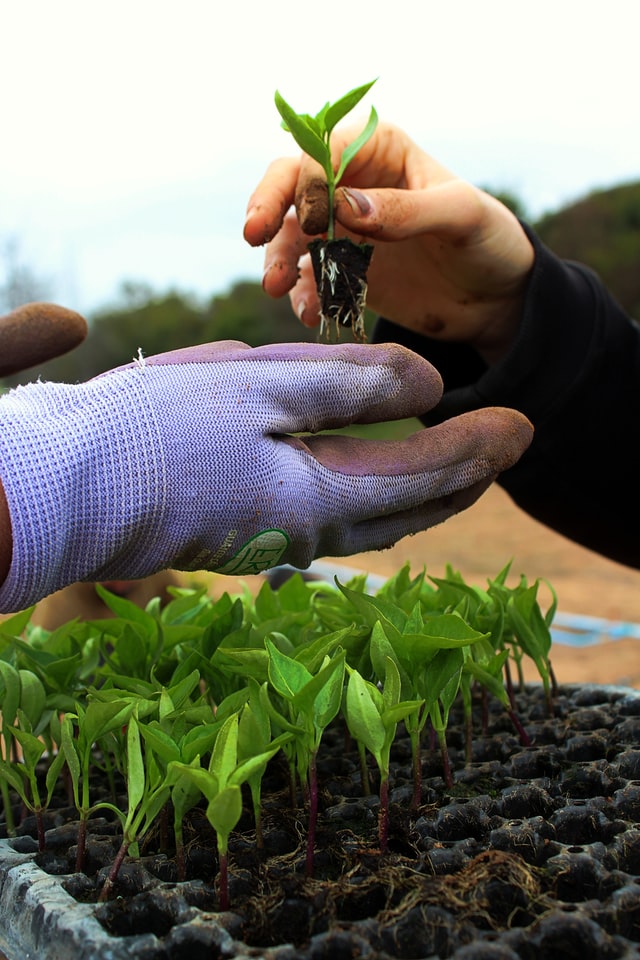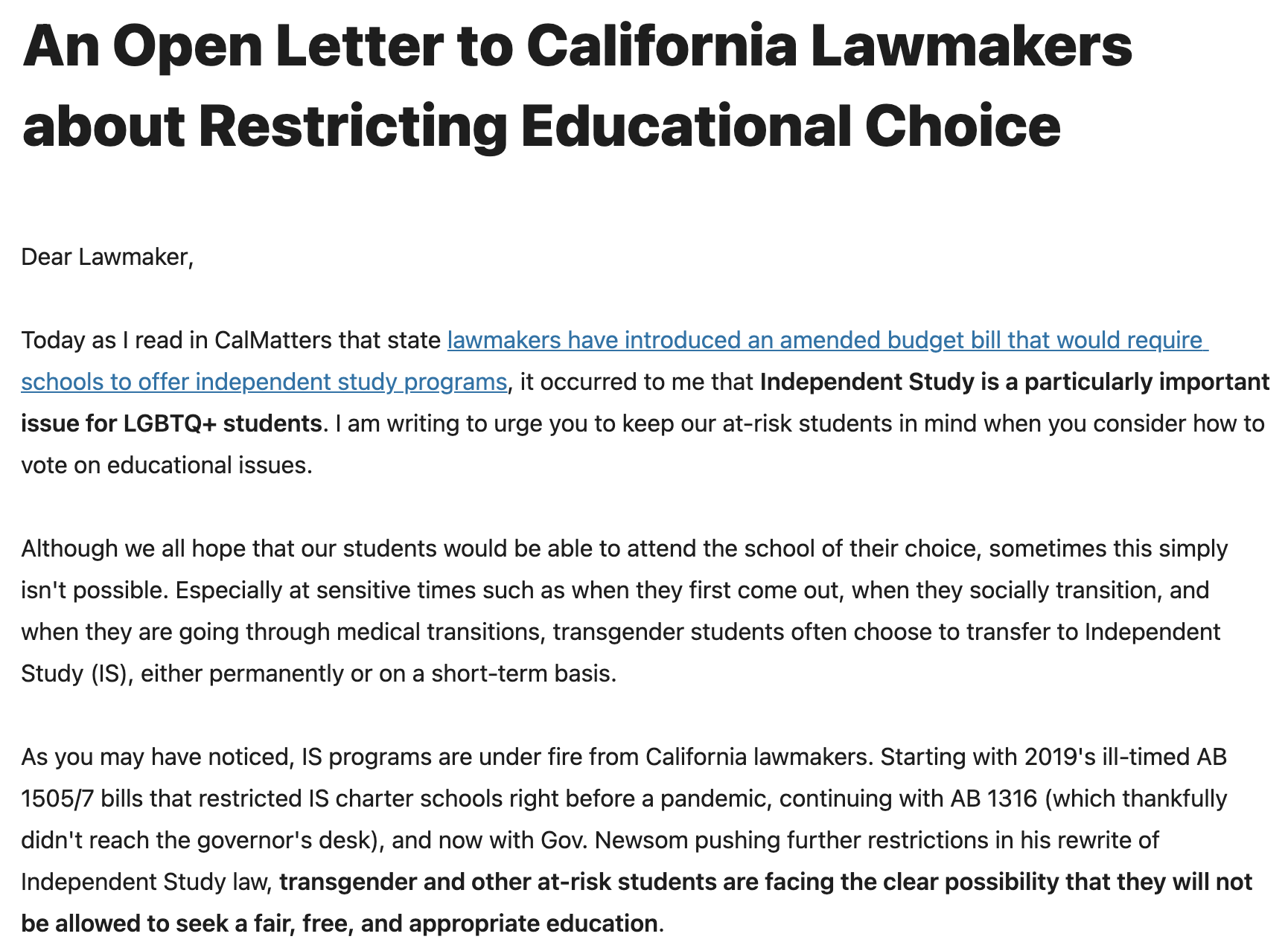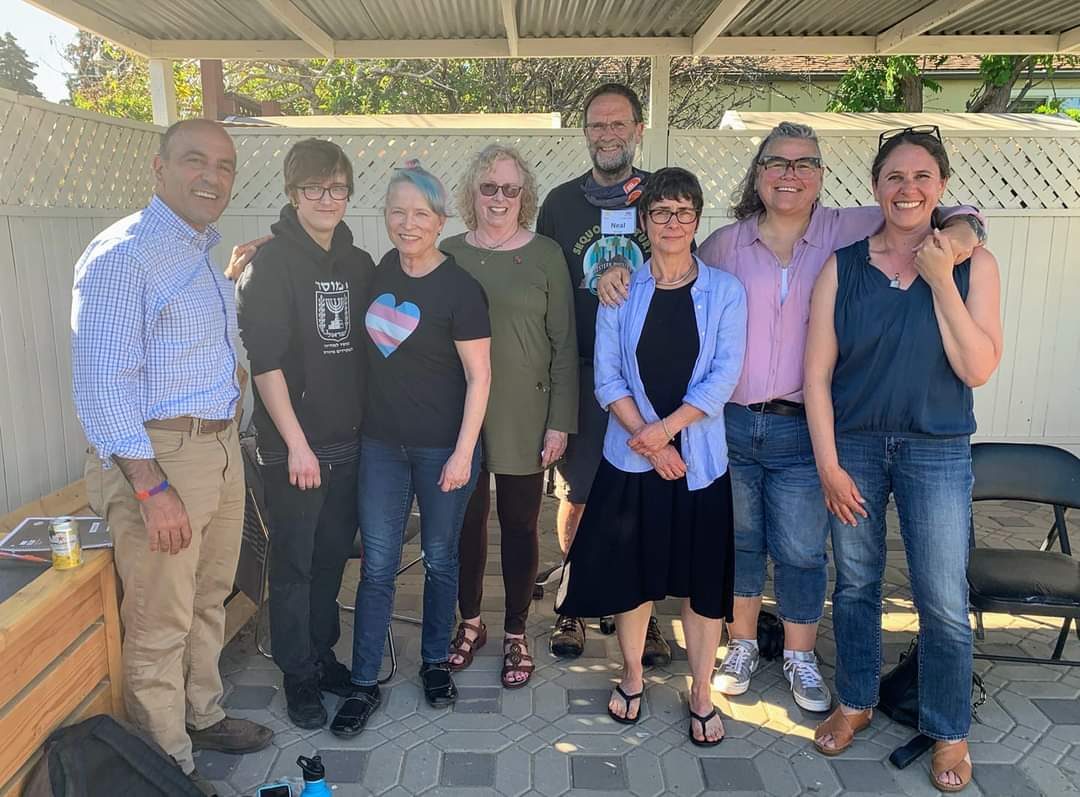Category: Health
-

Trust the Transfer
“This was not my idea. I don’t want to be here.” In my goal-setting course and in my book Homeschool with Confidence, I walk teens through the process of setting and achieving goals. And each semester, I ask the students to tell me whose idea it was for them to be there. Since 2016, only…
-

Fear of saying anything at all
As an interviewer, I have noticed what seems to be a growing trend. Perhaps it’s not a new trend, but it has been standing out more and more starkly in interviews. I’ll attempt to get my interviewee to something, anything quotable, yet they keep falling back into vagueness, empty jargon, and platitudes. I’ve been pondering…
-

Resist irrationality: fight or flight in a time without lions
We humans obviously needed our fight or flight response in the past. When faced with a hungry lion, we needed to be able to bypass our pre-frontal cortex “professor brain” and act quickly. But although fight or flight is very useful in situations of physical danger, it’s become maladaptive for modern times.
-

An Open Letter to California Lawmakers about Restricting Educational Choice
Dear Lawmaker, Today as I read in CalMatters that state lawmakers have introduced an amended budget bill that would require schools to offer independent study programs, it occurred to me that Independent Study is a particularly important issue for LGBTQ+ students. I am writing to urge you to keep our at-risk students in mind when…
-

Transgender support: healthcare, education, and community
Recently, Rep. Jimmy Panetta reached out to PFLAG to suggest a listening session about issues faced by transgender people, their families, and their communities. The meeting took place in the back yard of the Diversity Center with representatives from PFLAG Santa Cruz County and the TransFamilies of Santa Cruz County,. We were graced with the…